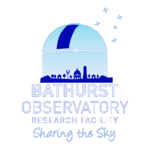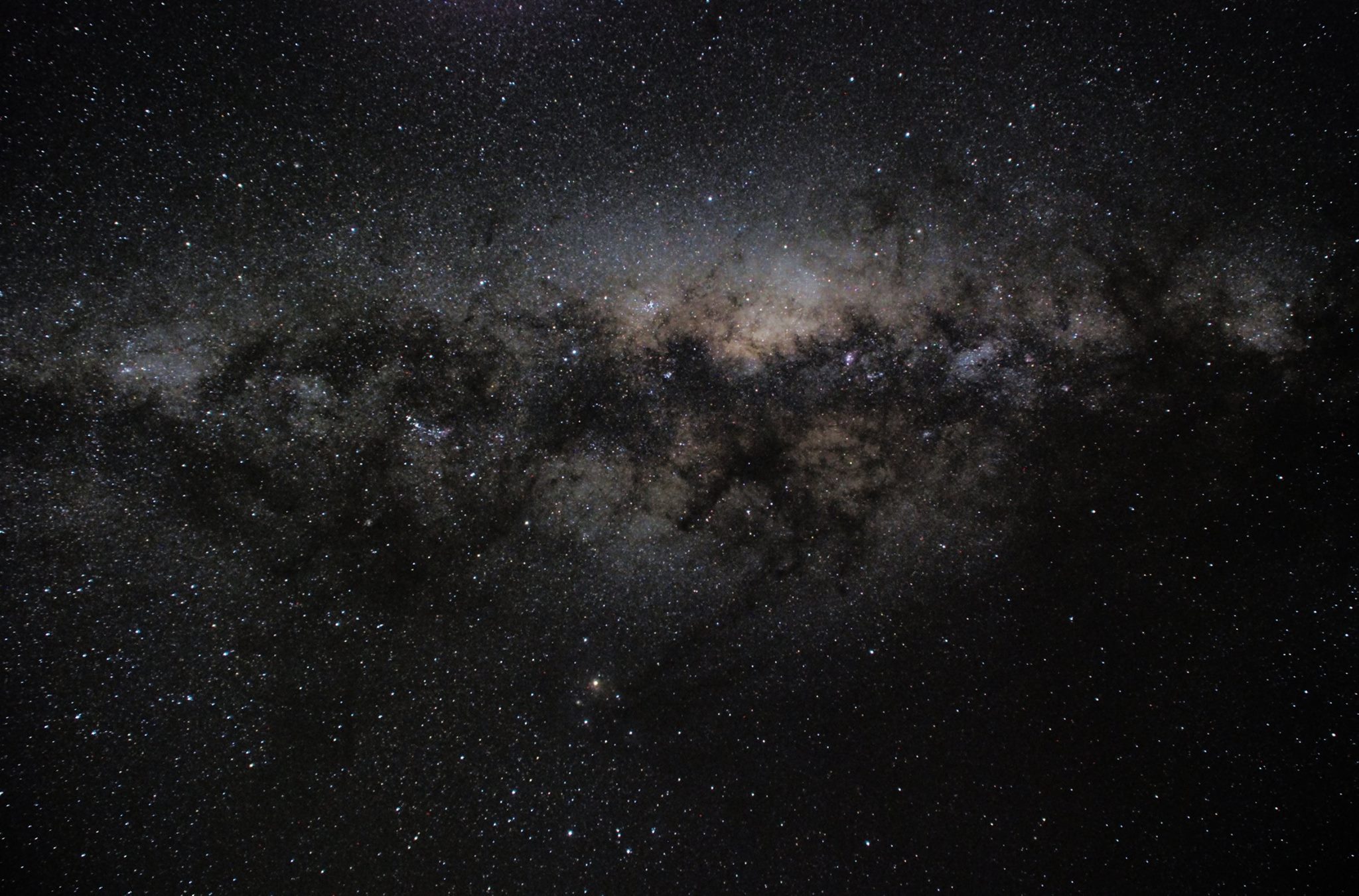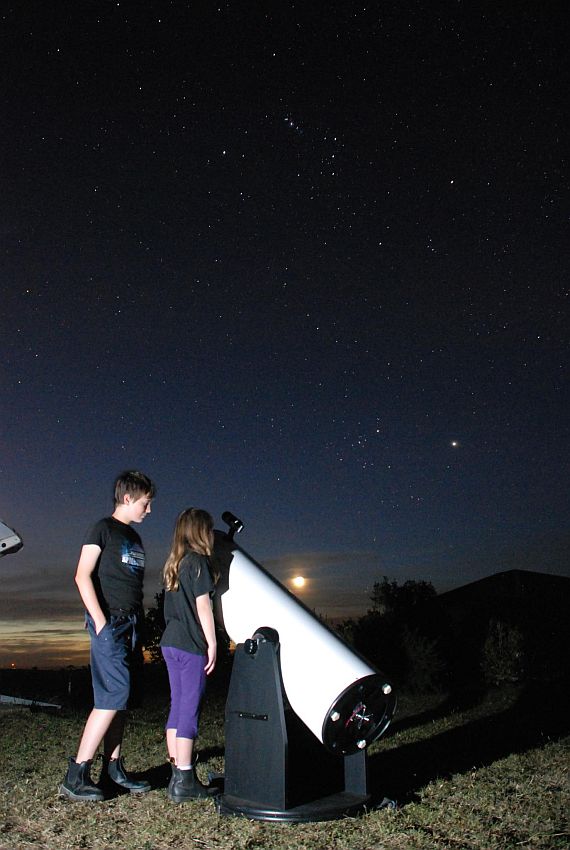Bathurst Observatory Research Facility
Bathurst NSW Australia
Please like our Facebook page for latest news and images!
https://www.facebook.com/BathurstObservatory/
Bathurst Observatory Research Facility is an observatory site primarily for education, research and study, though we do offer general public viewing nights.
Open Nights Star Tours Available Now (conditions and limits apply)
Bookings will be essential for all tours.
(All tours subject to weather)
Tours are underway at the new site. The site is not complete yet, however, are able to offer tours to help complete other facilities.
Tours will be generally be available most Friday and Saturday nights.
No tours in the week of Full Moon
Please note that the main telescope is pretty big and requires use of a small stepladder for viewing. Please advise if you would have difficulties with steps and we can set up a different telescope.
* There may be some mid week research nights where tours are not available.
Reduced Tours Prices for groups
Costs :
As the site is not yet complete with all facilities, we are asking for donation towards completion (an amount you think is fair for the tour and my time).
(Note: we have NO credit card facilities)
Tour bookings and Enquiries, phone (0427292214 Please leave a message as we screen out spam calls), or email us. (Email is by far the best way to get us, if you don’t get a reply it means you have us blocked!!! Please change your settings!).
Tours require bookings and are weather dependent. (We can’t see stars through clouds!) Tour duration is about 1 hour, depending on time of year.
Our FaceBook page https://www.facebook.com/BathurstObservatory/ is regularly updated, so have a look for the latest news and images from the observatory.
Keep up to date with our latest News.
Please Subscribe to our Newsletter.
We value your privacy and do not share your information.



I haven't imaged the Moon close up for a while so managed a few quick snaps on the evening of the 4th of July. ... See MoreSee Less
Comment on Facebook
Working on the July tour dates, particularly, those for the school holidays. One issue is full moon occurs smack in the middle of school holidays!!! Tours are of course, near impossible with the bright moon wiping out much of the sky. So it looks like tours dates are pretty limited. I have two dates available;
July 15 and July 16th at 7:15 pm (booking essential)
I did have a clear weeknight recently and imaged NGC 6188. It is also known as the fighting dragons nebula! ... See MoreSee Less
Comment on Facebook
Firstly, I am sorry for delays in posting. I've had a pretty busy time with booked out tours, and a fair share of bad weather, have meant it has been difficult posting available tour dates. It does seem my first available dates will be during July (avoiding the full Moon of course). However, it has been an eventful month will Aurora and solar activity. I did squeeze in an imaging night a months ago and imaged galaxy NGC 4945! ... See MoreSee Less
Comment on Facebook
nice galaxy
A few images from the auroral storm on the 1st of June from the observatory. (before some high cloud moved in). ... See MoreSee Less
Comment on Facebook
Wow. How much was visible to the naked eye?
Incredible
My goodness. Great shots.
Beautiful.
Hi again, Great photos of the Aurora 👏 I'm back again with a new fb account.
Awesome pictures Niall!
Phil Wilson what we missed 🤣
Amazing images
Catherine Anne
View more comments
June 1st. There is a high probability of an Aurora storm in the late hours of the 1st to near dawn of the 2nd. You need a dark sky away from town lights and a clear view to the south. There is some error in the arrival time of the solar particles which cause the Aurora so I guess it is patiently wait and see!!! It is likely to be seen southwards of a line roughly from Newcastle to Perth, but perhaps a bit northward of that. Edit it has hit early so Aurora from sunset. But note the cloud coming on the satellite images. ... See MoreSee Less
Comment on Facebook
Rob Hogarth
I managed to sneak in an image of the Moon on the 9th of May. The telescope that was used is now around 40 years old and one of many at the observatory. ... See MoreSee Less
Comment on Facebook
Absolutely brilliant
Watch THIS Space May 25
The Sun showing large sunspot group AR4079 on the morning of the 4th of May. I haven’t imaged the sun for a while! Yes, you DO need a special telescope to image the sun safely!
It is a very difficult month to fit in tours for me. A lot of family events on weekends including my birthday (I do wish I had an assistant sometimes). I am actually not sure if June will be the first tours I will manage. I am very sorry about that!
But that will not stop May being a good month for stargazers. The Eta Aquarid meteor shower peaks around the morning of the 6th of May. It is active a few nights either side, so don’t worry if you miss the 6th. You need nothing to view them other than your eyes. However, you need to be out from 2am until dawn to see them. The meteors come from a point towards the eastern sky.
Comet F2 Swan, broke up, so will not be a highlight anymore in mid May. I do like looking for aurora this time of year, and the sun has been very active as seen in the image of the Sun on the 4th May. Also a great time of year to view those star clusters and nebula around the Southern Cross as well. ... See MoreSee Less
Comment on Facebook
Hi. Is the 23/5 available?
Watch THIS Space April 25
Another month has passed and with Daylight Savings ending, we can do tours and imaging at more reasonable times. This time of year is wonderful for seeing things in the Southern skies, particularly nebula and star clusters around the Southern Cross region. One of those is highlighted in the image this month is the Eta Carina Nebula. However there are other great things very nearby like the Jewel box cluster and Omega Centauri. We have Full Moon near on the 13th, which means no tours over that weekend (moon too bright) but at least the moon will have passed by Easter.
There will be some extra tours over the school holidays, but note, no tours Easter Sunday. Tour dates are as follows. April 18th to 24th (except Easter Sunday) at 7:45pm. Bookings Essential via message or email. Remember as well, we still offer special astrophotography beginner classes if you want to book one of those dates in! ... See MoreSee Less
Comment on Facebook
Watch THIS Space, March 2025
With the exaggeration of the “planetary alignment” now hopefully past, it is time to focus on what in the sky this month and to offer a special astrophotographers month. More on that later in this post.
Firstly, there are still two planets to see. Jupiter, now North-north west and Mars more north this month after sunset. However, I know that my eyes this time of year turn southward and imaging of the Magellanic galaxies and the nebula near the Southern Cross. I have posted a sky map of this area of the sky. In particular, I love to image the Eta Carina Nebula, visible in sky map posted above the cross.
It will also be interesting for me at least to watch the continuing fading of the once great Comet G3 Atlas.
Now the exciting bit…. Do you have your own telescope and equipment, looking for a place to image or perhaps just set up and use for viewing? Well March is Astrophotographers month at the observatory. Other than full moon weekend, you can book a powered site to set up your equipment and image on either a Friday or Saturday night during March. Bookings will still be essential. This is in response to increasing requests from people wanting somewhere special to image from, away from big city lights! ... See MoreSee Less
Comment on Facebook